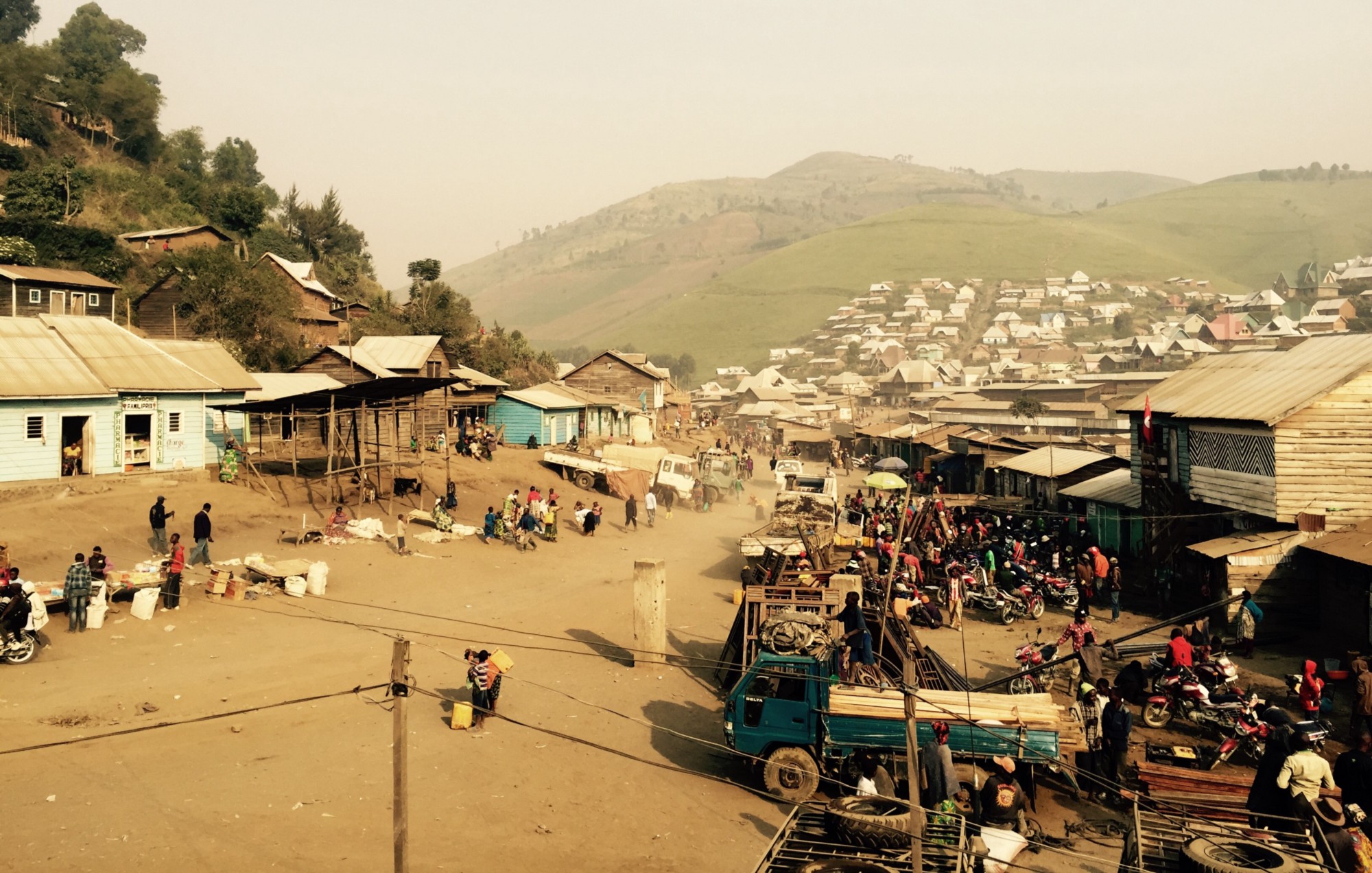
Editor's Note – This piece has been cross-posted from Medium.com
She never wanted to be a miner. Daphrose grew up in the rainforest, where Congo’s mountain gorillas are protected from hunters by an elite group of park rangers. When she was a teenager, Daphrose had no such protection against armed rebels, who terrorized her community. It was 2004 and her town was under siege. Attacks in the area by an array of militias targeted civilians and forced the shuttering of local aid efforts. She and her family were forced to flee.
Daphrose didn’t know at the time that this kind of violence was erupting all over the eastern provinces of the Democratic Republic of Congo (Congo), an extension of the armed conflict that began in the mid-1990s. When she first sought refuge in the mining town of Rubaya, she lived in a United Nations displaced persons camp. But Rubaya wasn’t the safe haven she was looking for.
“Rubaya quickly became too dangerous to stay in,” Daphrose told me early one morning near the town’s busy market. “I’d have to flee now and then because of the war. The CNDP and the national army were fighting.” The CNDP was a Rwanda-backed rebel militia notorious for occupying mining territories and brutalizing civilians. Today, its former leader Bosco Ntaganda is facing charges in The Hague for war crimes including systematic rape and slavery.
Recognizing this link between warfare and a shadowy trade in minerals, advocacy groups and policymakers launched an effort to decouple American business from Congo’s deadly violence, in hopes of promoting peace.

